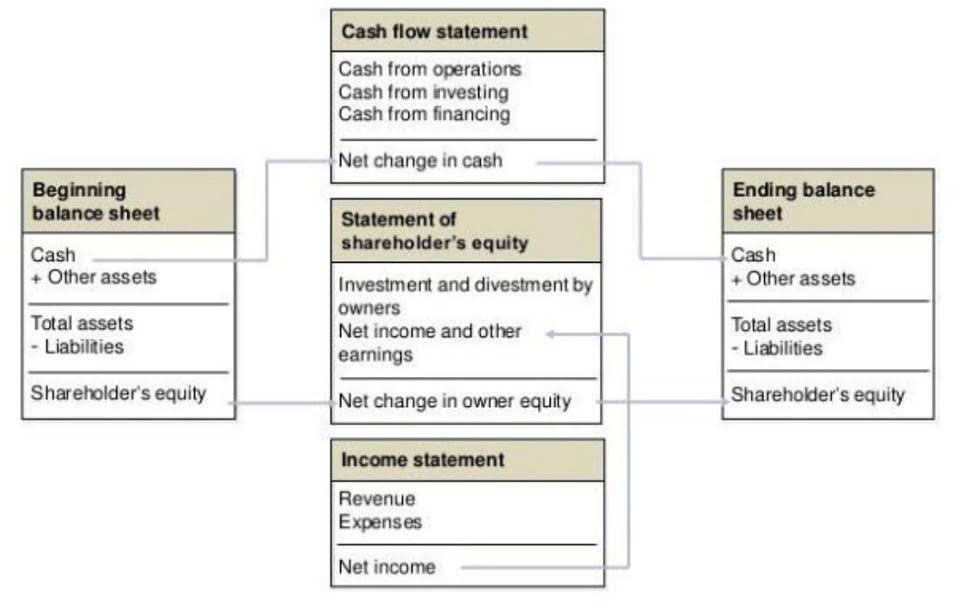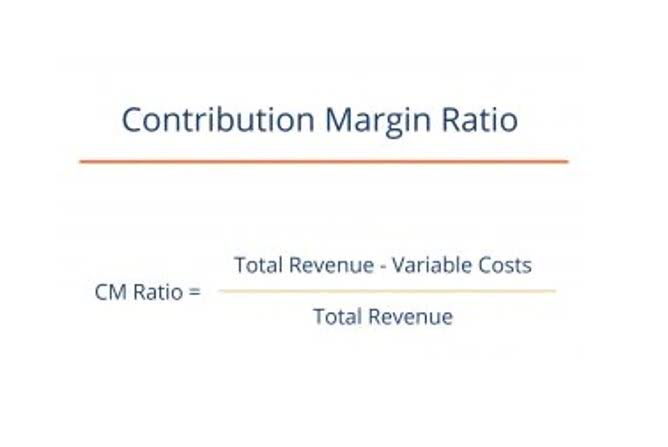
Shares outstanding and weighted average shares are both numbers that can help an investor understand how well a company performs over time. Bankrate.com is an independent, advertising-supported publisher and comparison service. We are compensated in exchange for placement of sponsored products and services, or by you clicking on certain links posted on our site. Therefore, this compensation may impact how, where and in what order products appear within listing categories, except where prohibited by law for our mortgage, home equity and other home lending products. Other factors, such as our own proprietary website rules and whether a product is offered in your area or at your self-selected credit score range, can also impact how and where products appear on this site.

Basic EPS = Basic Weighted Average Shares
- A company’s outstanding shares can fluctuate for a number of reasons.
- If you’re going to become an investor, there are a few things you should know — like these formulas.
- Outstanding shares — or shares outstanding — aren’t as extraordinary as their name implies.
- The company issues shares and the price drops accordingly to preserve the stock’s market cap.
- A number of company activities can change its number of shares outstanding.
This tells you how much of that stock was issued but not how much there currently is. Weighted averages are also used in other aspects of finance including calculating portfolio returns, inventory accounting, and valuation. Our writers and editors used an in-house natural language generation platform to assist with portions of this article, allowing them to focus on adding information that is uniquely helpful.

How do stock splits affect shares outstanding?
Outstanding shares are the shares that have been issued and are currently held by investors. The float, also called the free float or the public float, represents the subset of shares outstanding that are actually available to trade. Whether potential shares are considered anti-dilutive depends on the period. Company A might post a loss in the first quarter, and report a diluted share count of 100 million — but post a profit for the year, with a diluted share count more than twice as high.
- When you look a little closer at the quotes for a company’s stock, there may be some obscure terms you’ve never encountered.
- The weighted average shares outstanding, or the weighted average of outstanding shares, takes into consideration any changes in the number of outstanding shares over a specific reporting period.
- This is an important number, since it is used to calculate the earnings per share of a publicly-held business.
- Stock splits are usually undertaken to bring the share price of a company within the buying range of retail investors; the increase in the number of outstanding shares also improves liquidity.
- Get stock recommendations, portfolio guidance, and more from The Motley Fool’s premium services.
- In other words, the formula takes the number of shares outstanding during each month weighted by the number of months that those shares were outstanding.
Basic Shares Outstanding vs. Diluted Shares Outstanding

In the above example, if the reporting periods were each half of a year, the resulting weighted average of outstanding shares would be equal to 150,000. Thus, in revisiting the EPS calculation, $200,000 divided by the 150,000 weighted average of outstanding shares would equal $1.33 in earnings per share. Weighted average shares outstanding is used as a substitute for the number of outstanding shares in some equations while calculating important financial ratios. Their market cap might be large simply because the share price is high.

Basic shares outstanding represent the actual number of shares outstanding during a period. Diluted shares outstanding include “dilutive” securities that could add to the share count — including options, warrants, and convertible debt. A stock split occurs when a company increases the number of its outstanding shares without changing its overall market recording transactions cap or value.
A company’s number of shares outstanding is used to calculate many widely used financial metrics. Market capitalization — share price times number of shares outstanding — and EPS are both computed using a company’s number of outstanding shares. When a company executes a stock split, the number of outstanding shares rises. Stock splits are often initiated to lower the share price, making it more accessible to retail investors and enhancing market liquidity.
- While outstanding shares determine a stock’s liquidity, the share float—shares available for public trading – plays a crucial role.
- Outstanding shares are one of three classifications of the share count.
- Stock prices change constantly, making it difficult to keep track of the cost basis of shares acquired over time.
- A company may have 100 million shares outstanding, but if 95 million of these shares are held by insiders and institutions, the float of only five million may constrain the stock’s liquidity.
- The float, for instance, has no bearing on market capitalization or earnings per share.
Related AccountingTools Courses
The first of these, unrestricted shares, is also known as “the float.” These are the shares that can be actively traded on formula for outstanding shares the open market. Company A has issued 25,800 shares, offered 2,000 shares to two partners, and retained 5,500 stocks in the treasury. Let us understand the different types of outstanding shares equation through the explanation below.
- The weighted average is used by accountants reporting a company’s financial results in accordance with GAAP (Generally Accepted Accounting Principals).
- Get instant access to video lessons taught by experienced investment bankers.
- Furthermore, by identifying the number of restricted shares versus the number of shares in the float, investors can gauge the level of ownership and autonomy that insiders have within the company.
- These include a company’s market capitalization, such as market capitalization, earnings per share (EPS), and cash flow per share (CFPS).
- Investors use outstanding shares to gauge a company’s size and compare it with peers.
- A significant change in outstanding shares, such as through a stock buyback or issuance, can signal strategic shifts and impact investor sentiment.
How To Calculate Outstanding Shares

Every time one of these instruments is activated, the float and shares outstanding increase while the number of treasury stocks decreases. If all these warrants are activated, then XYZ will have to sell 100 shares from its treasury to the warrant holders. Outstanding shares represent a company’s shares that are held by investors, whether they’re individual, institutional, or insiders.